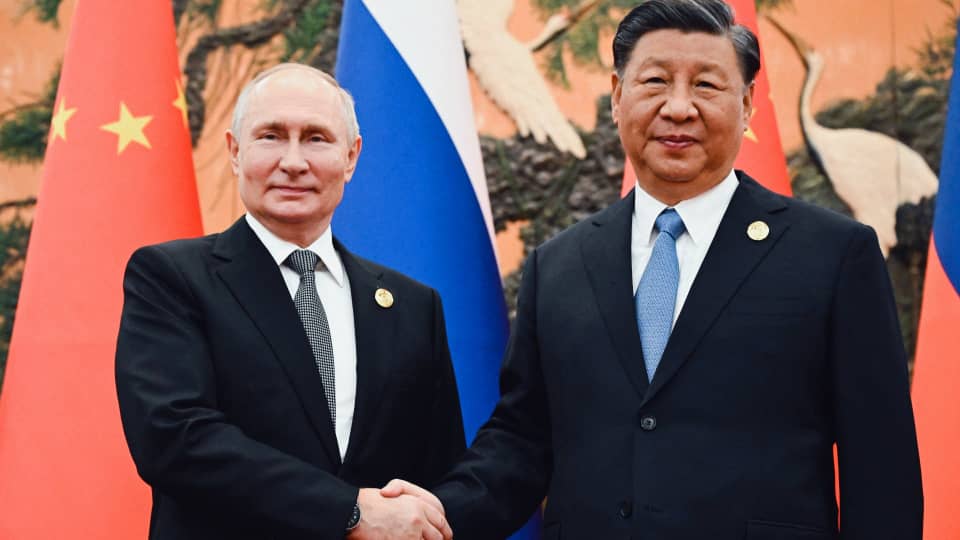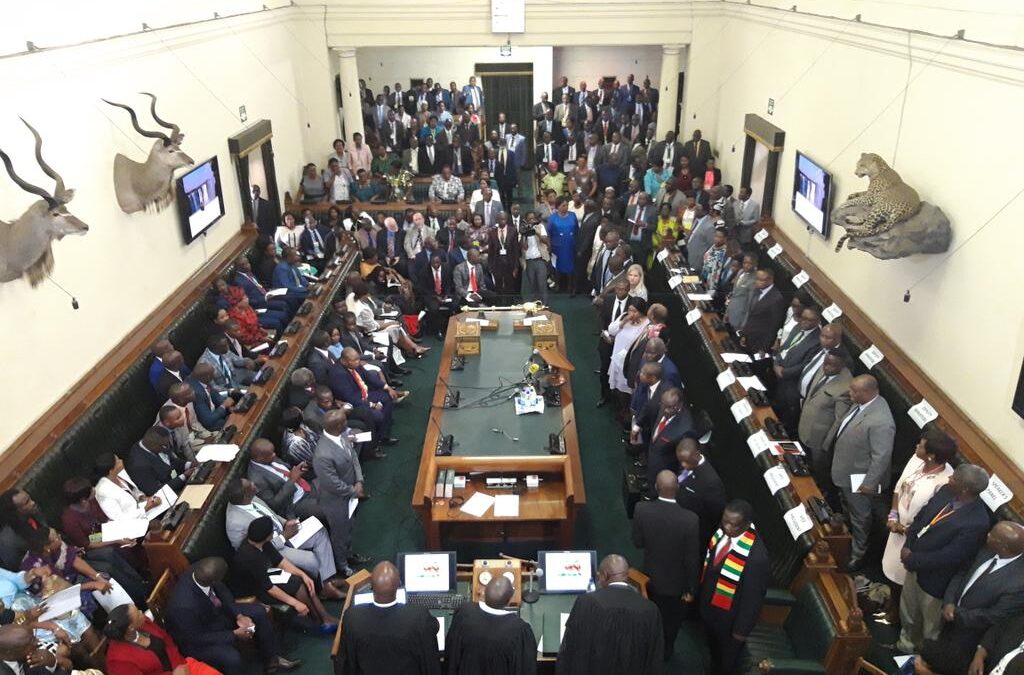Staff Reporter
In a significant move, Russia and China have abandoned the use of Western currencies, primarily the US dollar, in their bilateral trade, marking a shift towards national currencies and potentially impacting the global financial landscape.
Russian Prime Minister Mikhail Mishustin announced the development on Tuesday, December 19th, during a meeting with his Chinese counterpart, Li Qiang, in Beijing. Mishustin stated that “we have actually completely gotten rid of the currencies of third countries in mutual settlements” since 2020, with current trade exceeding 90% in rubles and yuan.
Both Russia and China have been actively promoting alternatives to the US dollar in international trade, aiming to lessen their economic dependence on the world’s reserve currency. This implies that trade between the two nations, estimated to have reached $200 billion this year, will now be denominated in their respective national currencies, the ruble and the yuan.
The increased use of the yuan and ruble in bilateral trade strengthens their international standing and potentially increases their appeal for broader international use.
The move comes amid strained relations between Russia and the West, particularly following the Ukraine conflict and subsequent sanctions imposed on Moscow.
While the immediate implications are still unfolding, the shift could have wider ramifications for the global financial system such as increased internationalization of yuan.
The increased use of yuan in bilateral trade could further propel its internationalization, potentially challenging the US dollar’s dominant position in the long term.
Development of alternative payment systems and the move strengthens existing efforts towards developing alternative payment systems less dependent on the US dollar, potentially impacting global financial flows and settlement mechanisms.
Uncertainty and volatility to the shift could introduce new uncertainties and potential volatility in global financial markets, particularly as the full implications of this development are assessed.
It is important to identify that the complete abandonment of Western currencies in bilateral trade may be an exaggeration. Some experts believe residual usage could persist, particularly for smaller transactions. Additionally, the long-term success of this shift hinges on factors like the liquidity of the yuan and ruble, the stability of their exchange rates, and the willingness of other countries to adopt them for international transactions.
As the world watches this development unfold, it remains to be seen how this shift in Russia-China trade will reshape the global financial landscape and its long-term implications for the global economy.





0 Comments